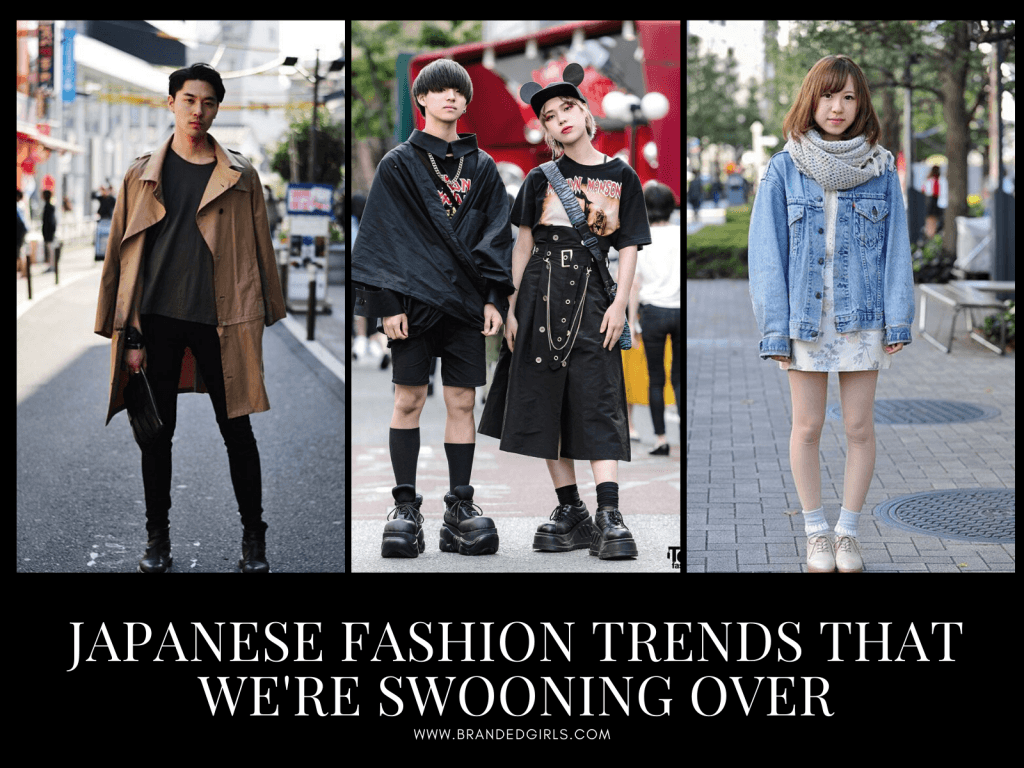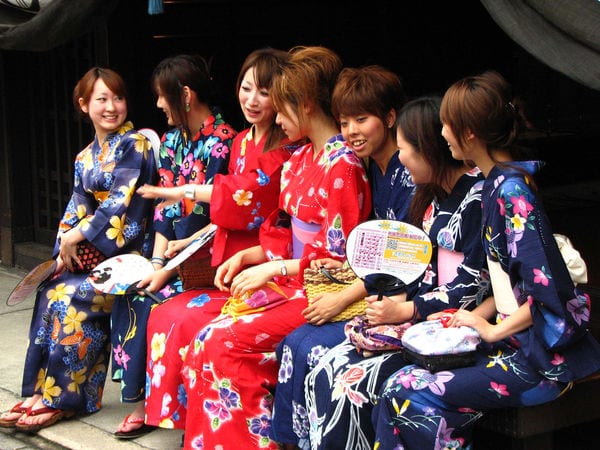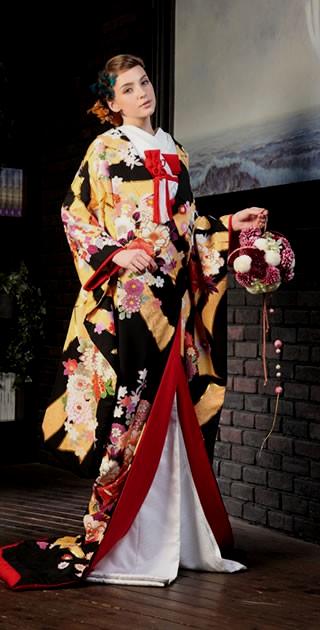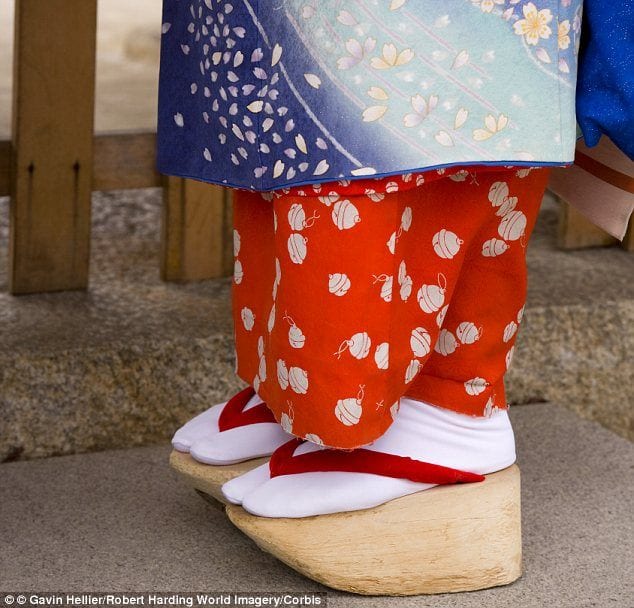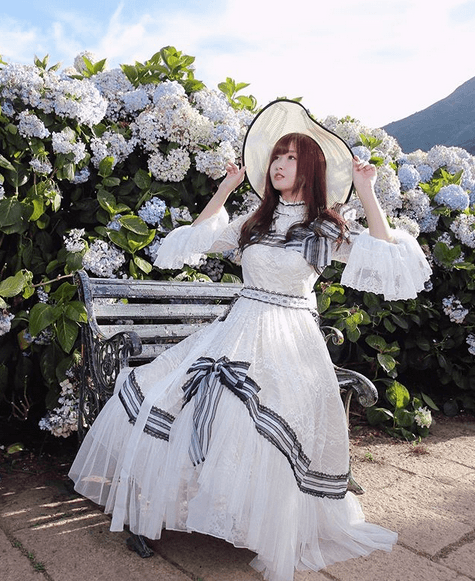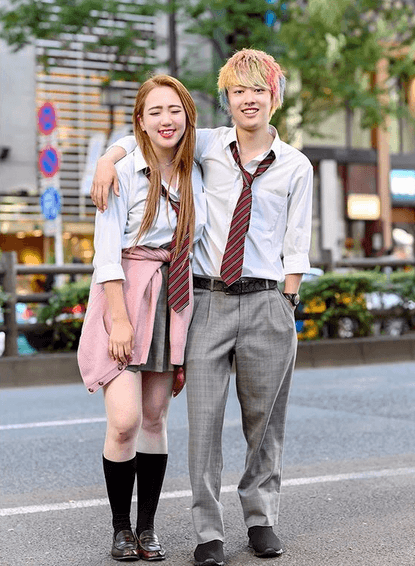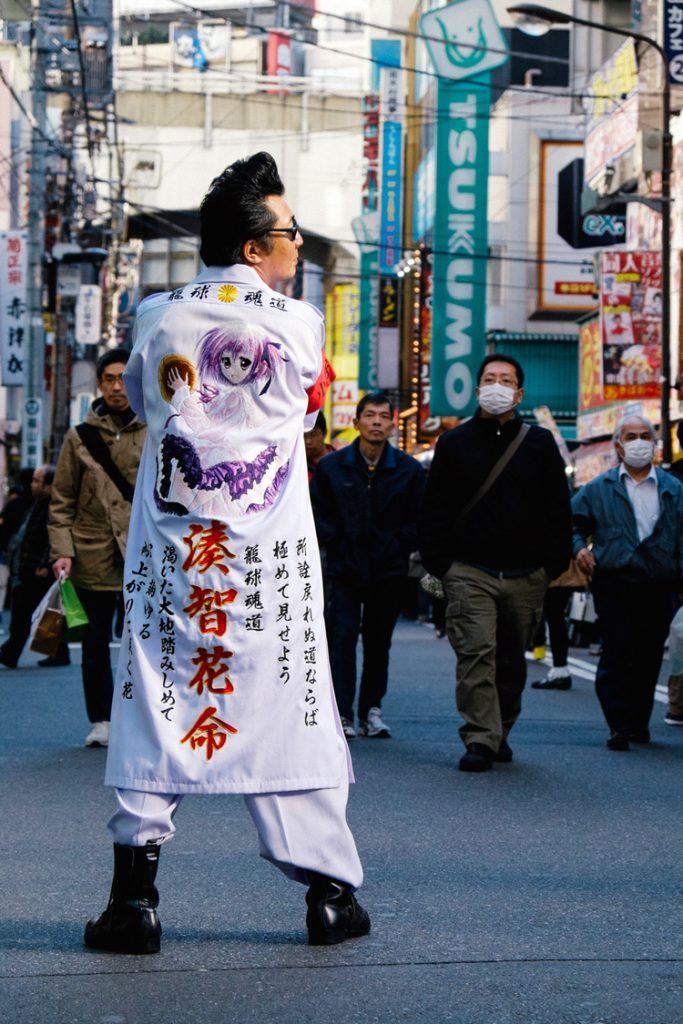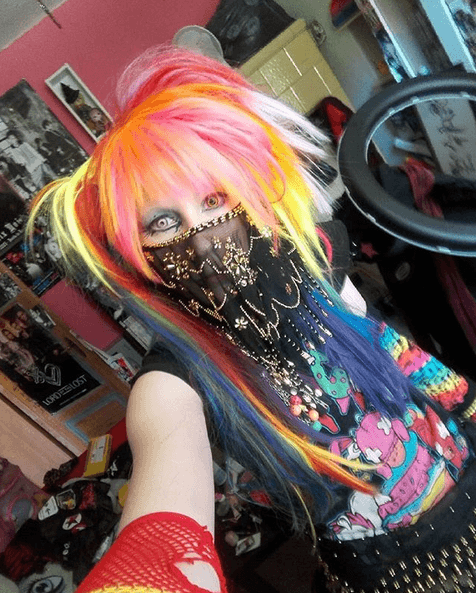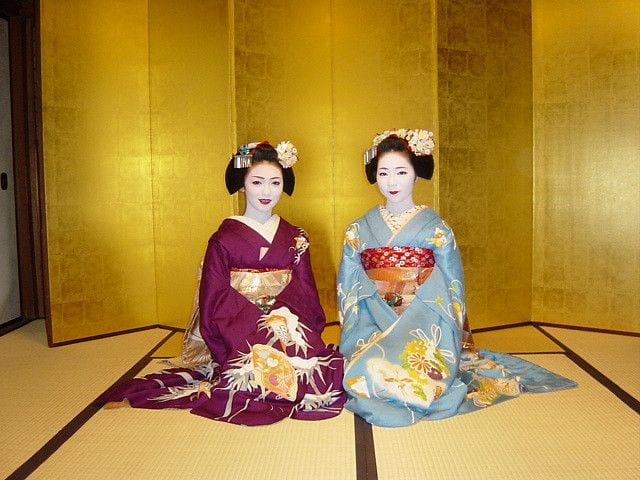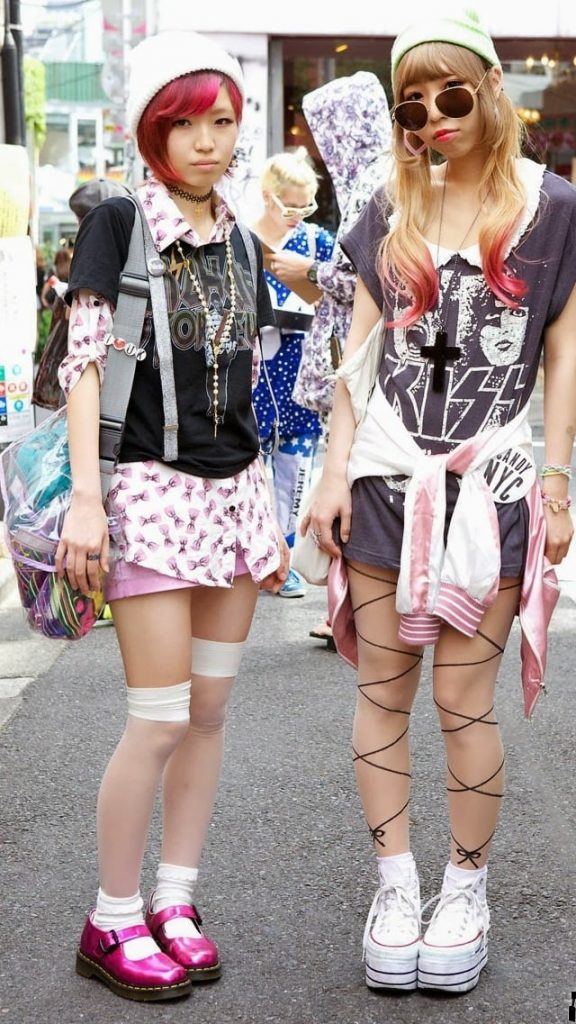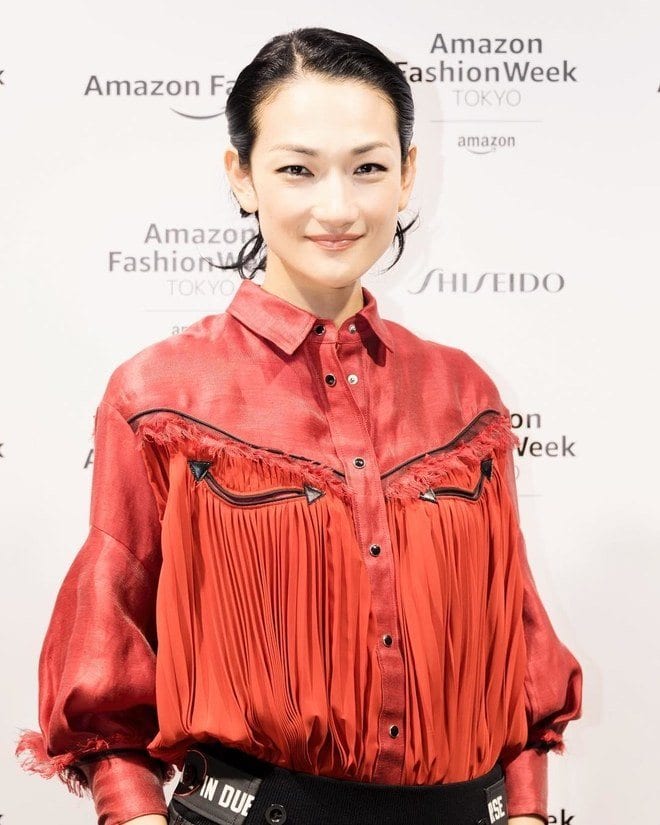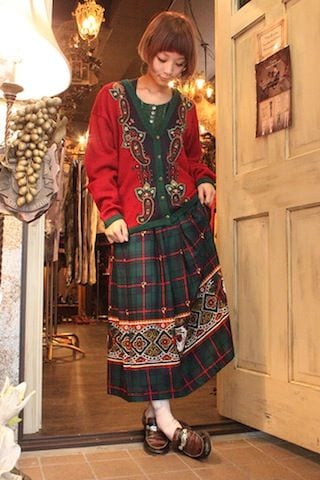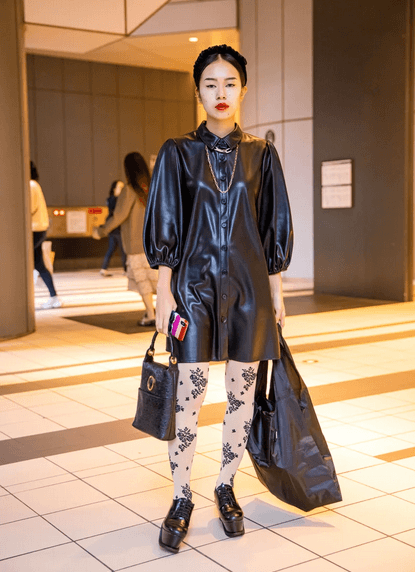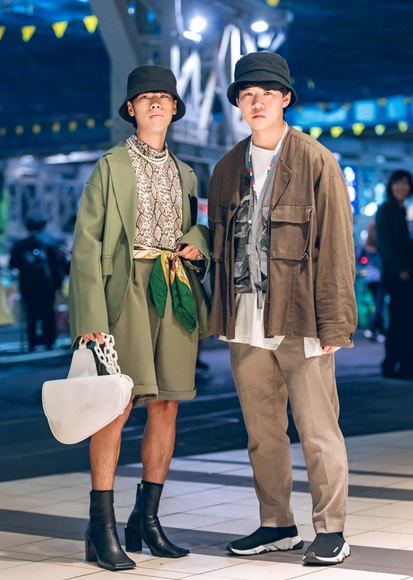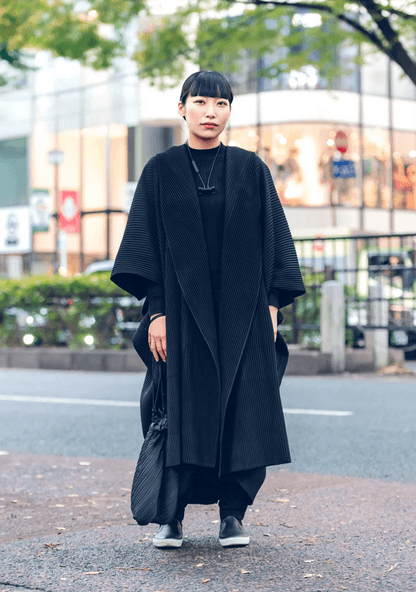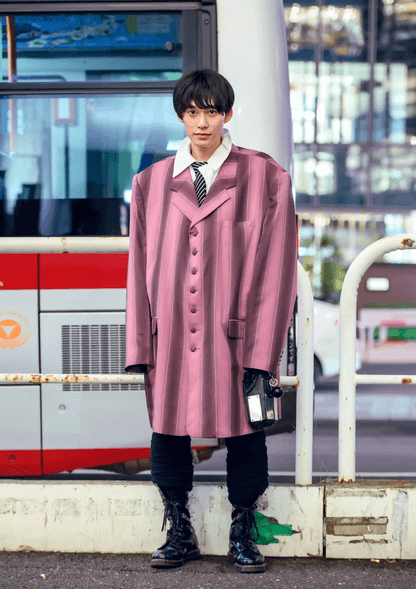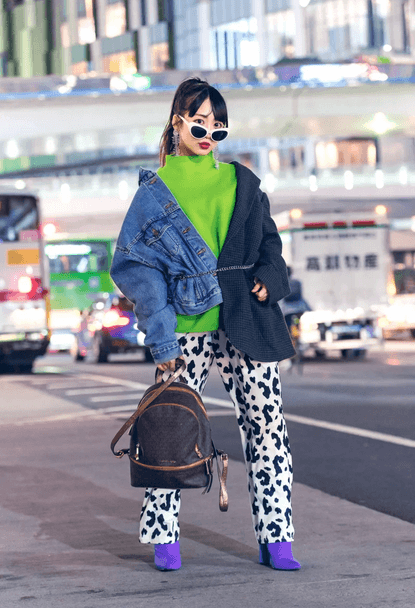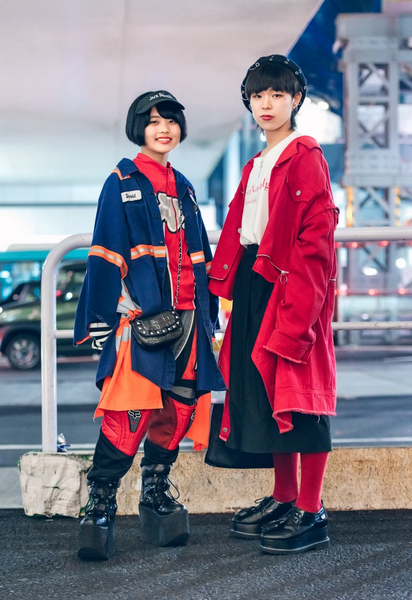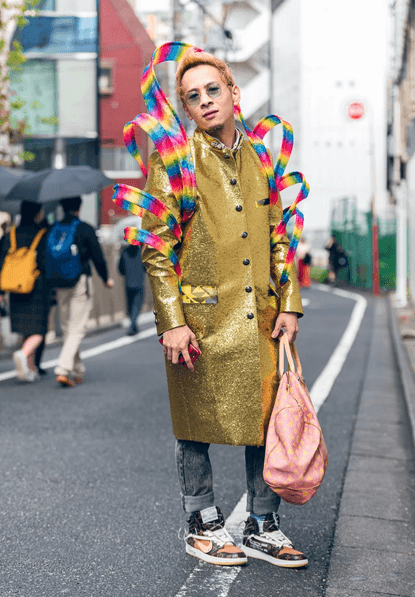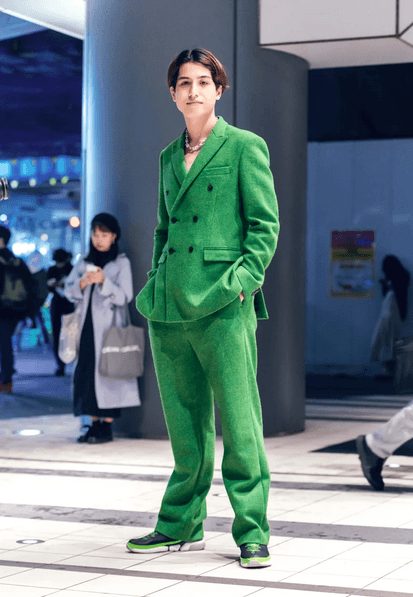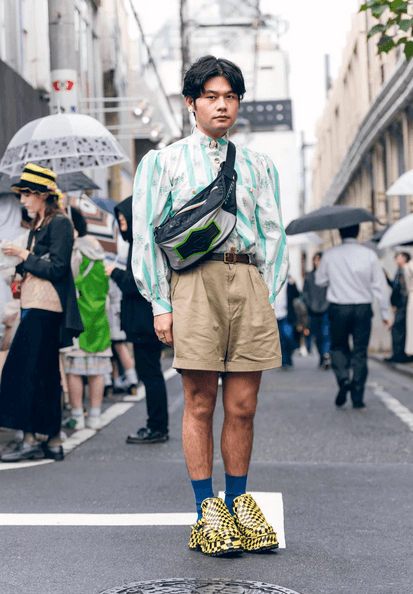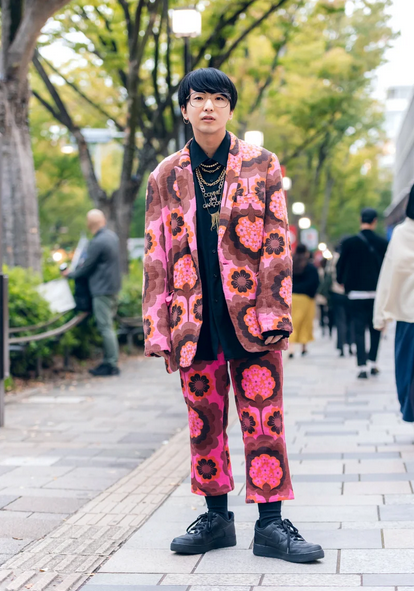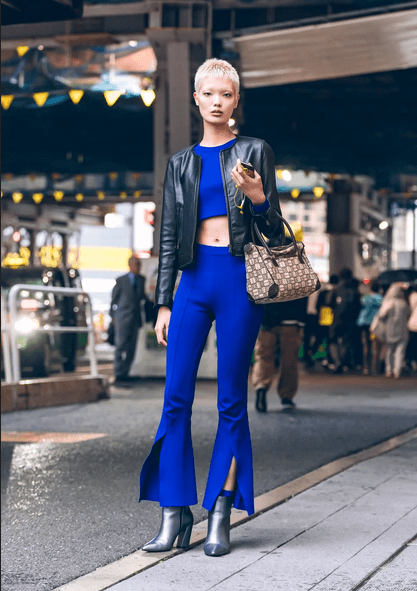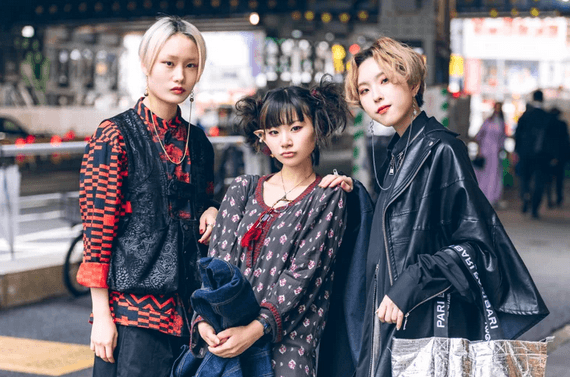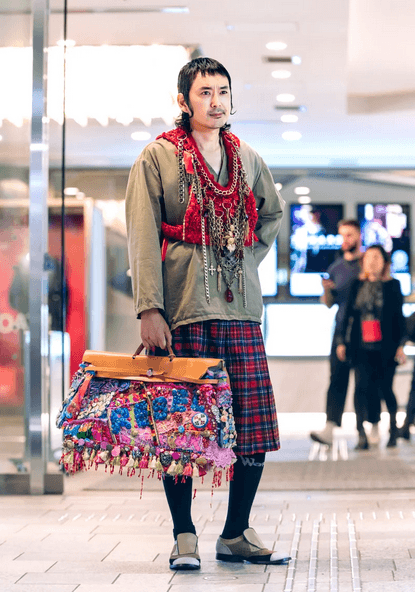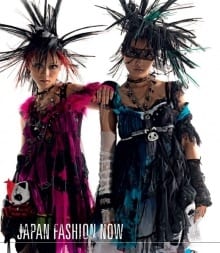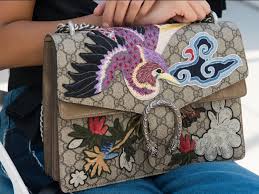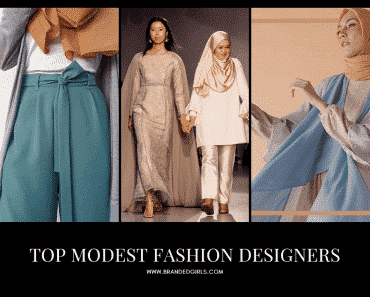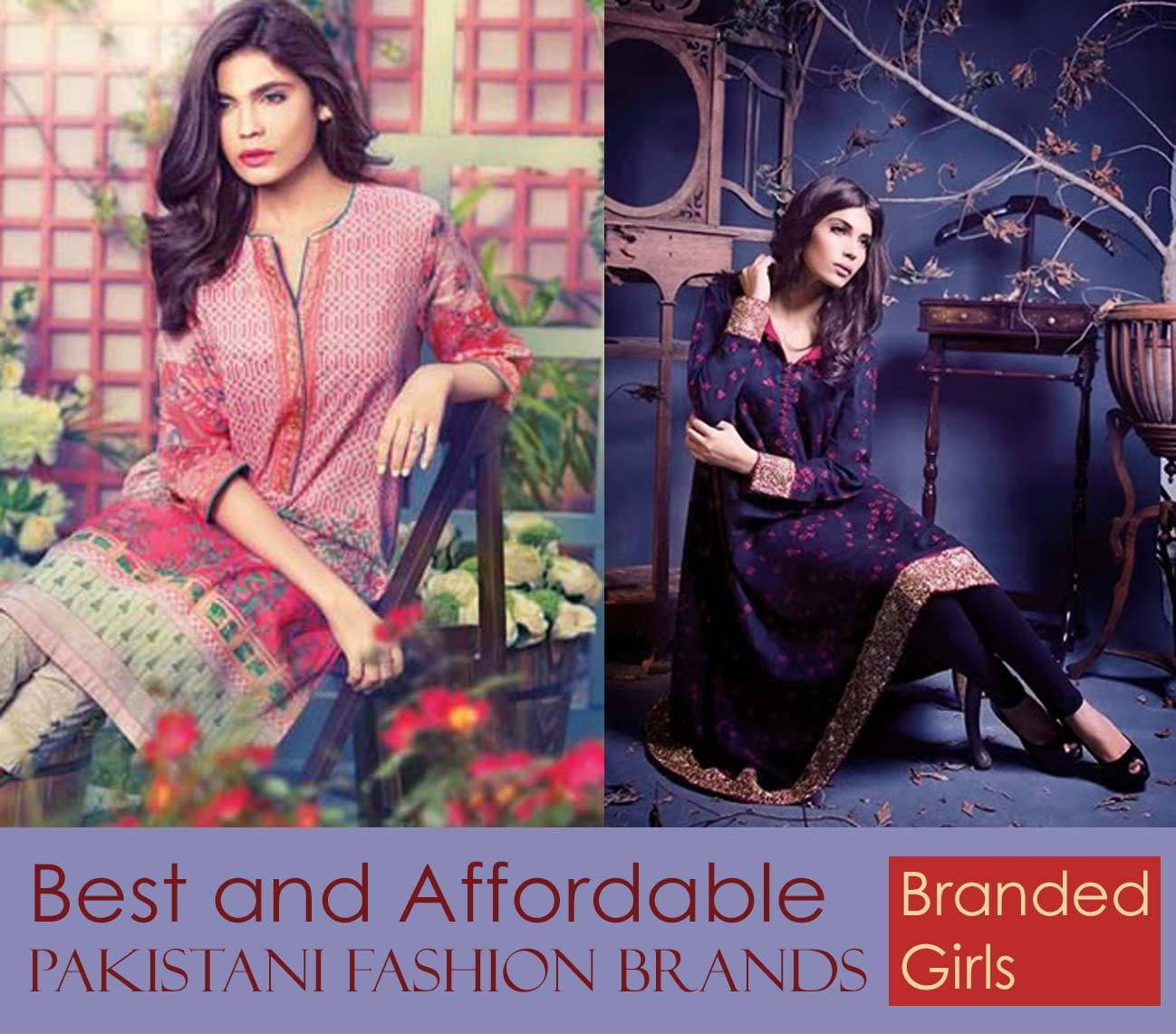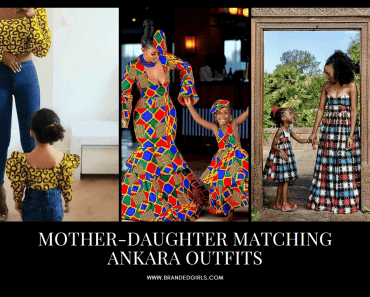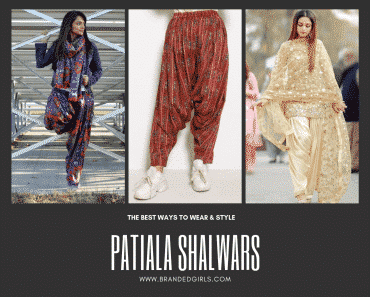Japanese Fashion Trends. The clothing brands in Japan are getting extremely popular these days. Japan is not just progressing in the technical and developmental fields; the fashion statements are also remarkable. It is common knowledge that the national dress of Japan is the Kimono, which is currently one of the favorite fashion pieces across the world.
The Japanese never gave up their heritage, and they have amalgamated their traditional dresses with modern fashion statements. When we think of trends in Japanese fashion, our imagination often turns to over-the-top street stylings in Tokyo’s Harajuku district or fashion magazines.
Latest Japanese Clothing Trends to Follow
Fortunately, Japanese fashion is now not only limited to Japan. While the distinct subcultures of fashion on display are certainly still thriving, the streets of Tokyo are full of more accessible Japanese fashion trends that will inspire your more adventurous outfit styles. Japanese fashion has become a mainstream fashion for the world. People love to adopt Japanese fashion by shopping from the most popular and global Japanese brands.
Brief Fashion History of Japan
These can be divided into three eras for ease:
- The Meiji Era (1868-1912): This era has significance in many aspects, fashion being one of them. The Japanese culture was exposed to Western culture and vice versa through trade agreements. The Japanese people enthusiastically accepted Western clothing in this era. The emperor and empress, as well as government officials, adopted this modernization with open arms.
- The Taisho period (1912-1926): Western clothing was considered sophisticated and modern. Working women in Japan started wearing Western clothing to work.
- The Showa period (1926-1989): Western clothing took over Japanese culture to a great extent, and various trends began to emerge. Men and women of working-class and otherwise wore Western attire in their daily lives.
To better understand the trends prominent in the Japanese fashion industry, we must first take a brief look at the diverse groups with specific styles that exist.
Japanese Fashion Subcultures
Within the Japanese street fashion scene, several ‘subcultures’ have formed over the years. Each subculture is distinct and has a unique set of style specifications. Some of them have been in vogue since the 1980s, while some are entirely new, but a good number of them are weird and bizarre. We’ll get to know which of them are trends and which are fads.
Looking for most popular Japanese clothing Brands? Check out the latest list of Top Japanese Clothing Brands
↓ 29 – Traditional Japanese Attire
Traditional and historically significant attire is still worn in Japan, though it has been relegated to formal occasions like weddings, graduations, etc. Japanese fashion designers design collections based on traditional clothing from time to time. The Japanese youth of today tends to mix traditional clothing with modern elements.
Traditional Japanese attire includes:
- Kimono
- Yukata
- Hakama
- Obi
- Zōri
The Kimono is considered the national dress of Japan. It’s worn by both men and women, according to season and occasion. It consists of multiple layers that are held in place by a belt called obi. Several subtypes of Kimono exist. Kimonos can be made of silk, wool, hemp, or linen.
Yukata is similar to Kimono but is worn in Spring and Summer, so the material is light.
Hakama is a pleated skirt that is worn over the Kimono. It comes in the formal wear category as well.
Zōri are sandals worn with socks underneath traditional attires whose soles are made of blocks of wood.
↓ 28 – Cosplay
The word comes from a mix of ‘costume’ and ‘play.’ It’s a massive part of Japanese pop-culture that stems from the widespread popularity of Japanese animation serials or ‘anime.’ People dress up as their favorite characters from fantasy or science-fiction movies or tv shows and go to conventions.
Want to explore some Japanese celebrity styles? Head over to Top Japanese Actresses
↓ 27 – Lolita
Lolita is one of the most internationally recognized and followed the subcultures of Japanese fashion. It’s categorized by Victorian-style costumes with ruffles, lace-trimmings, petticoats, and stockings. Lolita fashion is further divided into many themes:
- Gothic Lolita: Attires in this subculture are inspired by Victorian and Eastern gothic styles and are in dark colors.
- Sweet Lolita: It consists of cute costumes influenced by Victorian children’s clothing and Japan’s kawaii culture.
- Classic Lolita: Also based on Victorian-era fashion, it’s a more mature Lolita style with muted colors.
- Punk Lolita: It mixes the different elements of Lolita with punk-rock themes.
- Kodona: It is the masculine version of Lolita.
↓ 26 – Gyaru
Also called ‘gal fashion,’ Gyaru subculture is characterized by styles that are considered rebelling against society’s dressing standards for women. It’s been in existence since the 1970s but became popular in the late 1980s. It has multiple subtypes, some of which are as follows:
- Ganguro: Defining features include bleached hair and tanned skin, the use of glitter, darkly made-up eyes with whites under them, and on the lips. This style has been in decline.
- Gyaruo: It’s the male version of gyaru.
- Kogyaru: Also called Kogal, this is what the term ‘gyaru’ means today. Outfits inspired by school uniforms with socks and scarves are worn by school girls. The skirts are shorter than those of the uniforms.
↓ 25 – Visual Kei
This style was originated by Japanese musicians in the mid-1980s. Major characteristics of this style include heavy makeup, androgynous aesthetics, flamboyant and flashy costumes, and weird hairstyles. It’s influenced by heavy-metal, punk-rock elements, and the majority of its followers are male. It has several subtypes:
- Oshare Kei: Less heavy makeup, focused around the eyes, facial piercings, and bright colors make up this style.
- Angua Kei: Black costumes with spikes and chains, dark and heavy makeup, inspired by gothic elements.
- Cult party kei: Named after a shop in Harajuku, it’s a relatively newer style based on religious aspects like crosses and bibles.
- Dolly Kei: Inspired by European fairytales like the Brothers Grimm fairytales.
- Fairy Kei: Consists of pastel colors, based on the 1980s fashion of the West, creates a childlike appearance.
- Mori Kei: Follows a nature theme with an emphasis on organic fabrics and vintage accessories.
↓ 24 – Bōsōzoku
Inspired by biker culture, this style has been losing popularity since the 1990s. It’s hardly worn now. The costumes consist of a mix of the manual laborer and militaristic clothing, baggy pants, and no shirts. People following this style also decorated their bikes.
↓ 23 – Decora
The decora fashion subculture gained popularity in the 1990s and early 2000s. It’s one of the styles that people outside of Japan appreciated immensely. Color palettes are followed with multiple layers of clothing worn over each other. The hair is often in ponytails and bangs, and the makeup is minimal.
↓ 22 – Kuroi Niji
Kuroi Niji was introduced in 2012 by Bou Osaki. It means ‘Black Rainbow’ and the costumes in a mix of black and rainbow shades and styles.
↓ 21 – Shironuri
The word translates to ‘painted in white.’ This Japanese fashion subculture has only one primary rule, and that is to wear white paint. The entire face is painted white in a traditional manner similar to geishas and stage actors. The clothing itself isn’t specific, anything worn with white makeup can be considered Shironuri. However, this style does take inspiration from many other styles, like Lolita, traditional wear like kimonos, and different Victorian styles present in Japanese streetwear culture.
↓ 20 – Harajuku Fashion
This street style is named after the Harajuku station in Tokyo. Youngsters in the area began wearing colorful clothing in the 1980s. Since then, it’s become a significant part of the Japanese fashion scene. It became so popular that in the 2000s, it garnered international fame and recognition. There are no set rules for this type of fashion bar one: the style must defy the norm and break all mainstream fashion boundaries. Traditional and Western styles are often mixed up in Harajuku fashion clothing. There is no age or gender restriction. It’s mostly a mix of many different substyles like gothic Lolita, sweet Lolita, visual kei, and many others. Outrageous, junky, and childish accessories are often paired with clothing.
↓ 19 – Kigurumi
The word translates to ‘animal character costume.’ It’s definitely one of the most bizarre trends in Japan. These animal onesies were introduced in the country in the late 1990s and were quickly adopted by teenagers of the Harajuku and Shibuya districts. It gained overseas popularity in 2011. The wearers of this trend go for colorful, fluffy suits based on the animal of their choice, whether real or fictional.
Yankii, Sukeban, and Reki-jo are three other styles that are more of lifestyle choices than fashion groups. There are numerous other trends in Japan’s extensive fashion history, some are popular to this day and have even been adopted by the West, while some have been in decline for years.
Best Fashion Looks Inspired by Japanese Trends that are Worth Adopting
Now, finally, let’s take a look at the incredible street fashion trends in Japan which have taken the country by storm! These street-style looks were seen on people attending the Tokyo Fashion Week. These trends have been circling among people of all age groups, from teenagers and young adults to middle-aged men and women. They are a mix of summer and winter styles, so there’s an inspiration for every occasion and season.
↓ 18 – Black Leather Obsession
Men and women on the streets are both seen wearing black leather clothing and accessories on the streets of Tokyo. Jackets, boots, handbags, shirts, dresses, the Japanese love to incorporate black leather in their ensembles.
↓ 17 – Tokyo Street Style
Nothing says ‘idealistic youth’ better than some off-beat and catchy phrase or slogan. These can be seen on bags, hoodies, tees, cardigans, as well as sweaters and dresses. ‘God is in the details’ says a fashionably torn slogan on a cream canvas bag one of the men is wearing.
↓ 16 – Debonair Hats
Japanese streetwear favors hats and caps of all shapes and sizes. Men and women can be seen wearing flat caps, bowler hats, baseball caps, watch caps, and many more. Given that this is Tokyo, you can be sure to find some crazy customization as well.
↓ 15 – Oversized Coats: Winter Trends
One thing we noticed reappearing quite a lot was all-black ensembles. It’s a color that’s universally favored so girls and boys could be seen clad head to toe in black.
↓ 14 – Add Funky Elements
As we explained earlier, the street fashion culture of Japan is very specific. Once they choose a theme, they follow through enthusiastically. Here and there you see people dressed up in a very fashionable version of work and military clothes.
↓ 13 – Traditional Meets Modernity
Kimonos as paired with heels or accessorized with the latest handbags instead of woven baskets, it’s one of the many ways the Japanese mix their traditional clothing with modern elements. Here is another example.
↓ 12 – Baggy Does the Trick
It’s one of the trends that seem to have universal popularity. Loose and ill-fitting silhouettes are all the rage among fashionistas. They wear it with a level of confidence we can only hope to emulate.
↓ 11 – Mismatch Affair Don’t Care
Harajuku fashion is the physical manifestation of the word ‘rebellion’, and none rebel more beautifully than the people of Tokyo. Nothing about this outfit matches with one another, but who cares? It looks impressive.
↓ 10 – Black Heeled Boots
Around 70% of the people on the streets, including teenagers, middle-aged men, and women, were seen wearing black boots or shoes with block heels. This seems to be a popular trend.
↓ 9 – Dash of Rainbows
The Japanese love sparkles and rainbows. They find the strangest ways to add what they want to their ensembles. How this rainbow strip is staying rigid is anyone’s guess. We totally love it.
↓ 8 – Flashy Shades
Another thing you’ll find periodically is the use of bright colors. There is no concept of feminine or masculine colors in Japan. People of all genders wear every color on the spectrum with pride. They often color block, which looks fantastic.
↓ 7 – Quirky Handbags
7/10 people in a group could be seen carrying bags. Totes, backpacks, fanny packs, cross-body bags, you name it, it was there.
↓ 6 – Loud Footwear Designs
Apart from the black heeled shoes, all other types of shoes were outlandish and looked straight out of a futuristic movie. Again, men and women seemed to compete about which one of them would outshine the other.
↓ 5 – Distinctively Printed Clothing
A small portion of people wore printed clothing. The prints were, of course, not your usual affair.
↓ 4 – Flared Bottom Pants
Shapely pants and trousers with flared or bell bottoms were all the rage.
↓ 3 – Short Hairstyles
Few people on the streets had long hair. Most of them had a variety of short hairstyles like pixie cuts, bobs and buzz cuts, etc.
↓ 2 – Crazy Accessories
Nothing about this outfit makes sense, but then again, who says it has to?
↓ 1 – Weird Experimental Looks for Fashion Fanatics
We are lost for words.

